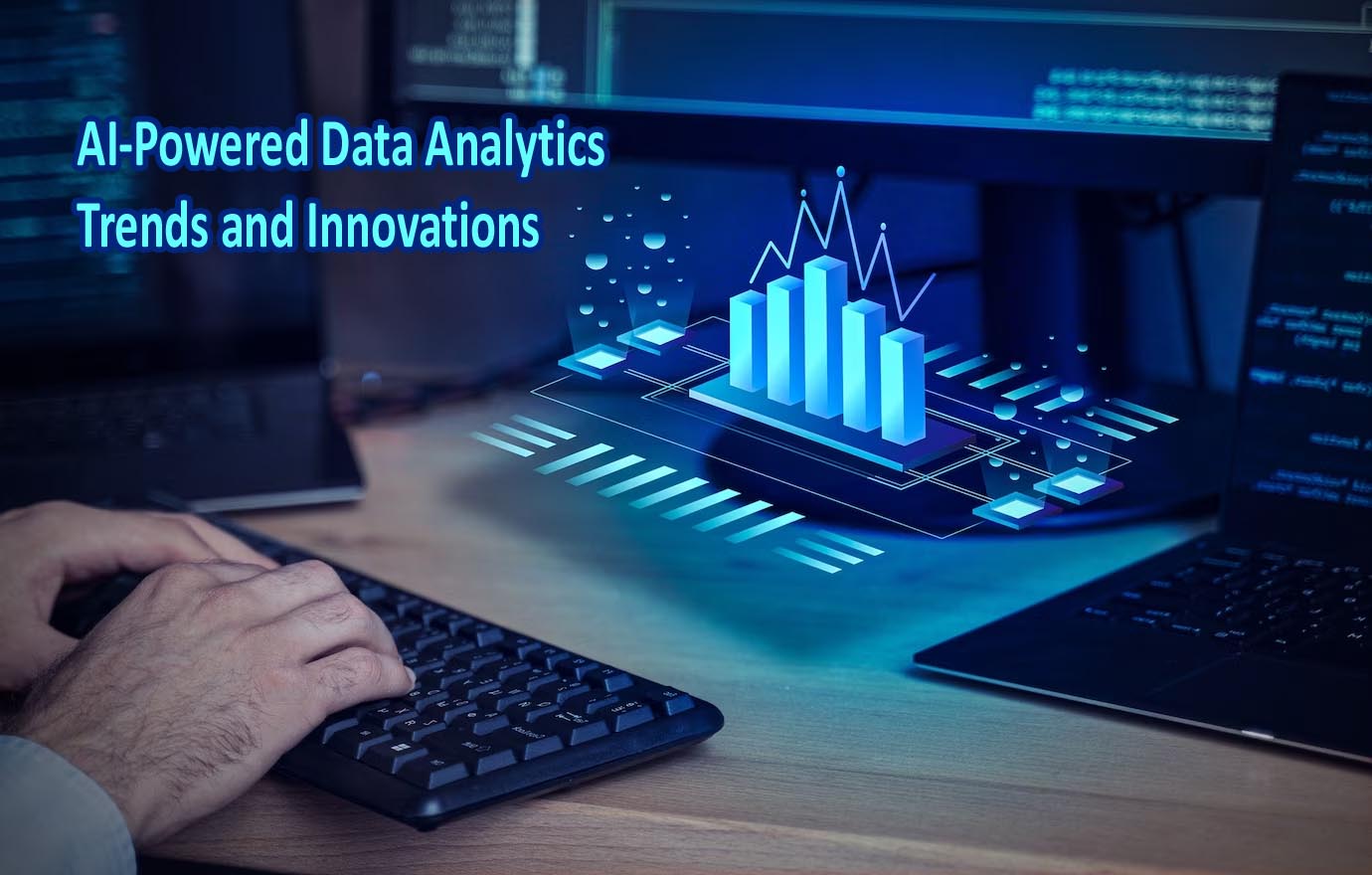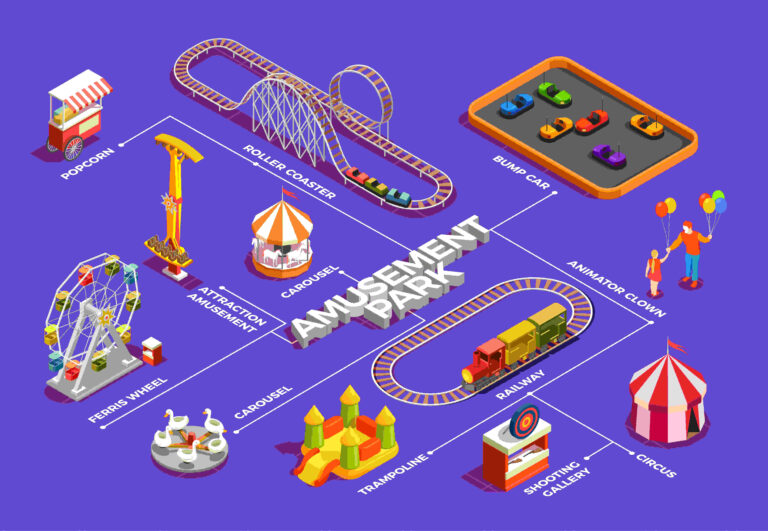Welcome to the exciting world of AI-powered data analytics, where advanced technology meets the vast data landscape! Businesses and organizations are using artificial intelligence in the digital age to extract insights from their data that were previously unattainable. Let’s explore how artificial intelligence is transforming data analytics and influencing how decisions are made in the future.
- How has AI Transformed the Evolution of Data Analytics?
Data analytics has advanced significantly since its inauspicious beginnings. It initially mainly depended on manual procedures and human participation to extract insights from massive volumes of data. However, it has radically changed since the development of artificial intelligence (AI). Automation and machine learning capabilities that can process and analyze large datasets quickly have been made possible by AI algorithms. This change has dramatically improved data analysis’s speed and precision, enabling companies to gain insightful knowledge quickly.
Furthermore, it is now feasible to identify trends and patterns with previously unheard-of accuracy through AI-powered technologies like predictive analytics. These developments have allowed corporations to stop depending entirely on guesses and instead make data-driven decisions.
- What are the Most Popular Applications of AI in Data Analytics?
AI has wholly changed data analytics by allowing companies to glean insightful information from massive volumes of data. Predictive analytics, in which machine learning algorithms project future trends based on past data patterns, is one well-liked application within the realm of AI and machine learning trends in data analytics. Anomaly detection, which helps in locating outliers or odd patterns that can point to fraud or mistakes in datasets, is another critical application. Moreover, analyzing unstructured text data, like customer reviews or social media comments, is becoming increasingly familiar with AI-powered natural language processing (NLP) tools. By enabling organizations to categorize and analyze visual content on a large scale, image recognition technology also contributes significantly to data analytics.
Additionally, recommendation systems that adapt user experiences by making content or product recommendations based on personal preferences use AI algorithms. Furthermore, sentiment analysis technologies use AI to determine the sentiment and opinions of the general population as reflected in textual data sources such as news articles and social media posts.
- What are the Benefits of Using AI-Powered Data Analytics?
Businesses in a variety of industries can profit significantly from AI-powered data analytics. Businesses may correctly and swiftly analyze large volumes of data, yielding insightful information to help them make well-informed decisions. AI helps firms save time and money by automating the analytical process, which would otherwise be used for manual data processing.
AI systems can also spot patterns and trends in data sets that people might miss, which improves prediction and strategic planning. Due to this improved predictive capability, businesses can now more accurately foresee changes in the market and client preferences. Also, it improves operational efficiency by simplifying procedures like resource allocation, supply chain optimization, and inventory management. Businesses can use AI technology to cut expenses and increase production without sacrificing the quality of their goods or services.
AI-driven insights assist firms in personalizing client experiences by understanding unique tastes and behavior patterns. This focused strategy raises customer satisfaction and retention rates while strengthening brand loyalty. Adopting it has many advantages for companies trying to obtain an advantage over their competitors in the current highly competitive business environment.
- What are the Possible Negative Effects and Challenges of Using AI in Data Analytics?
Organizations must be aware of several possible dangers and concerns as artificial intelligence (AI) continues to change data analytics. The ethical ramifications of utilizing AI algorithms to make essential decisions are among the leading causes of concern. Bias and discrimination in data analysis might result from opaque AI algorithms.
The issue of data security and privacy is an additional challenge. AI systems analyze enormous volumes of sensitive data. Therefore, it’s essential to have robust cybersecurity safeguards in place to stop breaches and illegal access. Furthermore, there’s a chance that an excessive dependence on AI technology will result in fewer people making decisions. Businesses must always strike a balance between artificial insights and human knowledge.
Furthermore, rules and governance frameworks can find it challenging to keep up with the changing landscape of AI and analytics, given the quick speed at which technology develops. To successfully reduce these risks, organizations must be alert and modify their plans as necessary.
- What are the Emerging Trends and Innovations in AI-Powered Data Analytics?
AI-powered data analytics is developing quickly, with new developments and trends reshaping the field. The emergence of explainable AI, which aims to increase the interpretability and transparency of ML models, is one of the most significant trends. Accountability is ensured, and companies can know the decision-making process. The growing application of natural language processing (NLP) in data analytics is another noteworthy trend. It creates new avenues for insights to be extracted from unstructured data sources such as social media and text documents through the process by which machines analyze, understand, and produce human language.
Another noteworthy development in data analytics is the growing application of natural language processing (NLP). Machines can now analyze, comprehend, and produce human language by NLP, creating new opportunities for insights gleaned from unstructured data sources like social media and text documents. Additionally, AI-powered predictive analytics is developing into a more complex tool that helps companies precisely anticipate future trends and make proactive, well-informed decisions. With these developments, these analytics are entering an exciting new phase as they continue influencing all industries.
- The Prospects for AI-powered Data Analytics
The potential applications of AI-driven data analytics are limitless, promising an exciting future for the field. Businesses may anticipate more precise insights and valuable recommendations as machine learning and prediction algorithms progress.
Combining AI and Internet of Things (IoT) devices is an intriguing new trend allowing real-time data processing and analysis. With its ability to provide quick insights for decision-making, this will transform sectors such as healthcare, manufacturing, and transportation.
Furthermore, natural language processing skills are expected to advance dramatically, making it possible to understand better sources of unstructured data, such as posts on social media and consumer evaluations. Organizations will better grasp consumer patterns and sentiments as a result.
AI-driven automation in data preparation tasks, which minimizes the use of humans and boosts productivity, is another promising development for the future. AI’s influence on data analytics will only increase as it develops, paving the way for companies to leverage data in never-before-possible ways.
- Conclusion
Data analytics is changing dramatically as artificial intelligence (AI) advances. Organizations may now analyze and use data in previously unheard-of ways to gain insights and make well-informed decisions by integrating AI technologies. AI-driven data analytics gives companies in various industries a competitive edge, boosts operational effectiveness, and enhances consumer experiences by simplifying procedures and revealing hidden patterns in big datasets. Even if there are privacy issues and possible biases in algorithms, they can be avoided with careful planning, strong governance, and continuous monitoring.
With breakthroughs in AI-powered data analytics being made rapidly, the field has even more exciting prospects. This path is best shown by Pranathi Software Services, which provides customized AI and ML solutions to meet the demands of many industries, such as food technology, manufacturing, logistics, finance, retail, and healthcare. Their emphasis on using AI for data analytics highlights the possibility of transformative company plans and results, which corresponds with the changing field of AI advancements. Incorporating Pranathi Software Services’ skills into the discussion demonstrates how using AI and advanced analytics technologies may transform competitive strategies and decision-making across various industries.
With Pranathi Software Services, you can harness the power of AI for your company. You can improve your data analytics with their specially designed AI and ML solutions. Are you prepared to put your data to use? To get started, click this link.












